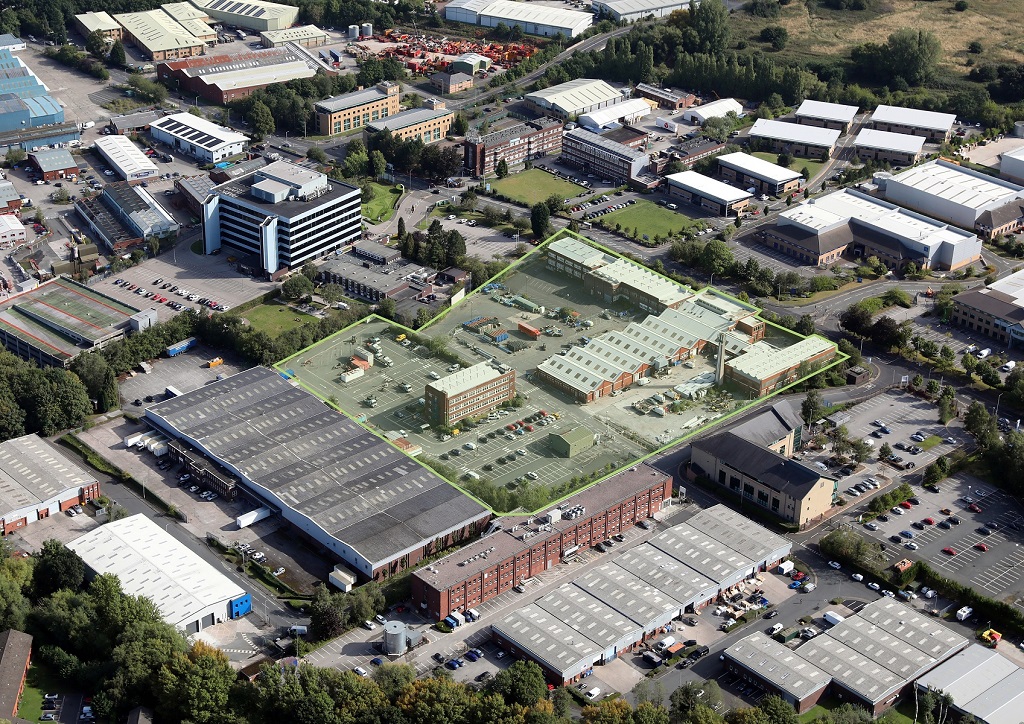RESOURCES | Institutional investment in residential property
Institutional investment in residential property is an area which will see significant growth in 2015, writes Dr Tim Havard of Estate Master. Key to this growth is why institutions are investing and what they are investing in.
Financial institutions seek certain characteristics, including security of income and capital invested, growth potential and good income flows. In the UK in the past they have found all of these things in non-residential property and have had no need to look elsewhere. Now they do; commercial leases have got shorter and less secure. Every sector of the commercial property market has been affected by the virtual world; online retailing, remote working. Property investment is an important asset for portfolio diversification yet the returns and security of existing sectors have become much more uncertain.
All sectors except one; residential. People cannot sleep, eat and live virtually as much as they would like to. The need for accommodation will remain a basic human need that must be satisfied. It is a market that is amazingly broad, covering all income brackets and every age, from cradle to grave. Changes in demographics and the economy such as tuition fees, student loans, mortgage lending tightening and short-term employment contracts have pushed huge sectors of the market into the rental sector. It is also one in the UK where there is a consistent, structural under-supply that looks certain to continue, so it is one where values will continue to rise way in excess of inflation.
The downside for institutions as far as residential property is concerned has always been the cost and intensity of management of the asset. There are ways round this however, as has been shown in the student letting market, where a management company sits between the tenant and investment owner, and this is continuing in the trend towards private rented sector investments. There are still issues; these types of investments are different from what UK investors are used to appraising, developers are not used to modelling for the specific requirements of the private rented sector (PRS), so it is no surprise that many of the pioneer investors in the UK market are from overseas, but UK investors are inevitably following them in.
It is also inevitable that much of the early development will be in London but northern powerhouses like Manchester and Liverpool will also have schemes. The recent announcement by Manchester City FC’s owner, Abu Dhabi United that they will be investing in 6,000 residential units in the vicinity of the Etihad stadium, 850 of which will be PRS, is in an indication of the trend.
What this trend will not do is greatly dent the general undersupply in housing in the UK. Already there are reports that many PRS schemes are being abandoned in favour of developing houses for sale. This is probably true for general developers but it misses the point. What triggers institutions to invest is not social need but specific investment goals. The institutions see a new investment vehicle being created from a specific area of demand in the UK market. Institutional standard PRS schemes will be firmly aimed at the mid-upper sector of the market, the 20- and 30-year-olds on professional career paths who, in the old world, would already be on the property ladder. The vehicles produced will reflect that and will be unlike both US multifamily schemes and the mainstream residential output in the UK, so the actual volumes produced will be relatively low.
I believe the structural undersupply in housing in the UK will continue, PRS or no PRS. For all moves to free up the supply pipeline by alterations to the planning system and Garden Cities, developers and land owners have a vested interest in an undersupply that will guarantee it will continue; you simply can’t make them build.
The public sector too is fixated with austerity and reducing budgets, and therefore believe that public sector building is out of the question. Britain will probably always have a shortfall, but that will just act to encourage more investors in which, in the long term, will be a good thing.
This article was originally published through Place Resources



